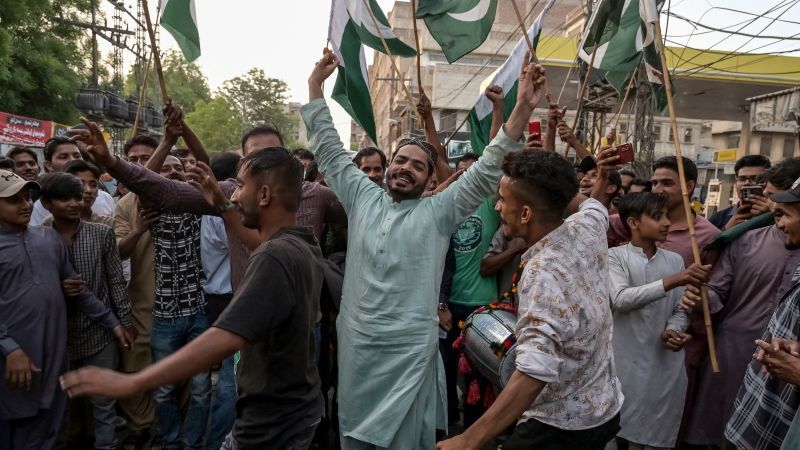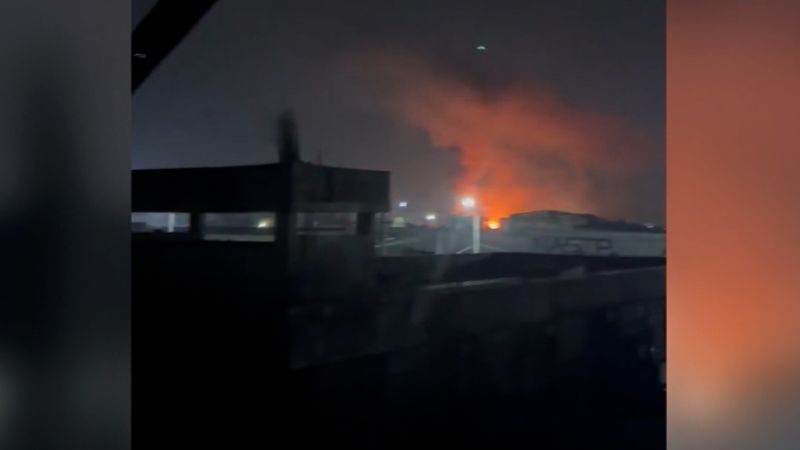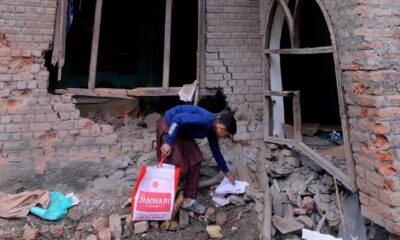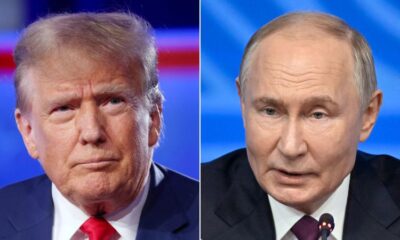CNN
—
India and Pakistan agreed to an immediate ceasefire on Saturday, unexpectedly halting the worst fighting in decades between the nuclear-armed neighbors, just when their tit-for-tat strikes appeared to be spiraling out of control.
Although US President Donald Trump was the first to announce the ceasefire and claimed credit for it, India and Pakistan have offered contradictory accounts about the extent of US involvement in the agreement.
Just hours after the announcement there have been reports of violations from both sides.
Here’s what you need to know.
Just before 8 a.m. ET, about 5 p.m. in India and Pakistan, Trump announced the ceasefire in a post on Truth Social.
“After a long night of talks mediated by the United States, I am pleased to announce that India and Pakistan have agreed to a FULL AND IMMEDIATE CEASEFIRE,” Trump said, congratulating the leaders of both countries for “using common sense and great intelligence.”
Soon after, Secretary of State Marco Rubio claimed that India and Pakistan had not only agreed to a ceasefire, but also “to start talks on a broad set of issues at a neutral site.” Rubio said that the ceasefire came after he and Vice President JD Vance spent the past two days speaking with senior officials from both countries.
A minute later, Pakistan confirmed the ceasefire was effective immediately. Indian confirmation came soon after.
CNN correspondents explain what we know about the India and Pakistan ceasefire
CNN correspondents explain what we know about the India and Pakistan ceasefire
05:52
India’s Ministry of Information said the agreement was worked out “directly between the two countries,” downplaying US involvement and contradicting Trump’s claim. The ministry also said there was “no decision” to hold further talks.
But Pakistani officials have heaped praise on Washington.
“We thank President Trump for his leadership and proactive role for peace in the region,” said Prime Minister Shehbaz Sharif.
A Pakistani source familiar with the negotiations told CNN that the US – and Rubio in particular – was instrumental in striking the deal.
It should not be surprising that these bitter rivals have given contradictory accounts of how the ceasefire was reached.
India, which views itself as an ascendant superpower, has long been resistant to international mediation, whereas Pakistan, which is heavily dependent on foreign aid, tends to welcome it, analysts say.
“India has never accepted mediation in any dispute, be it India-Pakistan or India-China, or any other,” said Dr. Aparna Panda, research fellow for India and South Asia at the Hudson Institute, a think-tank in Washington, DC.
“Pakistan, on the other hand, has always sought international mediation so they will praise it,” she added, saying it is “the only way it can put pressure on India to discuss and resolve the Kashmir dispute.”
The fighting before Saturday’s ceasefire was marked by claims, counterclaims and disinformation from both sides. Now that the conflict has paused, both sides are ramping up their efforts to shape perceptions of what the fighting achieved and how it ended.
The afternoon’s ceasefire is all the more surprising given the intensity of this morning’s fighting.
In the early hours of Saturday morning, Pakistan said India had launched missiles at several of its key military bases. It said the strikes spanned from sites in Pakistan-administered Kashmir to a military base close to its capital, Islamabad.
In response, Pakistan said it fired back at military air bases in India. “An eye for an eye,” its military said in a statement.
Hours later, explosions were reported in Indian-administered Kashmir, including Srinagar, the region’s largest city, and in the city of Jaamu. Sharif said Pakistan had delivered “a resounding reply” to Indian aggression.
After four days of direct military strikes on the other’s territory, many in the region feared that – in the absence of meaningful international pressure – the tit-for-tat strikes would continue to escalate.
This round of fighting began in Kashmir, a disputed region that has been a flashpoint in India-Pakistan relations since both countries gained their independence from Britain in 1947.
The two nations to emerge from the bloody partition of British India – Hindu-majority India and Muslim-majority Pakistan – both claim Kashmir in full, despite only controlling parts of it. Months after becoming independent, they fought the first of their three wars over the territory.
On April 26, gunmen opened fire on sightseers in a popular travel destination in the mountainous destination of Pahalgam in Indian-administered Kashmir. At least 25 Indian citizens and one Nepali were killed in the massacre.
New Delhi immediately blamed Islamabad, accusing it of supporting “cross-border terrorism.” Pakistan has denied all involvement in the attack.
Two weeks after the Pahalgam massacre, India on Wednesday launched a series of strikes on Pakistan and the parts of Kashmir it holds, calling the attack “Operation Sindoor.”
The theater of conflict since then has been far broader than in previous rounds of fighting, with both sides striking deep into the other’s territory.
Just two days ago, JD Vance downplayed the potential for US influence as the India-Pakistan conflict spiralled.
“What we can do is try to encourage these folks to de-escalate a little bit, but we’re not going to get involved in the middle of a war that’s fundamentally none of our business and has nothing to do with America’s ability to control it,” Vance told Fox News on Thursday.
Vance’s about-face is a measure of how concerned the US – and the wider international community – became by the escalating conflict between the two nuclear powers.
Trump administration officials told CNN that, after receiving alarming intelligence on Friday about the extent to which the conflict could escalate, the State Department felt it had no choice but to play a greater role in talks between the two sides
Although India and Pakistan have stepped back from the brink for now, it remains to be seen whether the ceasefire will hold. Strong blasts were heard across the Srinagar in India-administered Kashmir just hours after the agreement was announced.
A CNN stringer reported a host of explosions Saturday evening, followed by a blackout. The cause of the blasts was not immediately clear.
India’s Foreign Secretary Vikram Misri accused Pakistan of repeatedly violating the ceasefire agreement on Saturday, after explosions were heard in both the India- and Pakistan-administered parts of Kashmir.
However, Pakistan’s Information Minister Attaullah Tarar told Pakistani news channel Geo News that a violation of the ceasefire from Pakistan was “out of the question.”
Source link




























